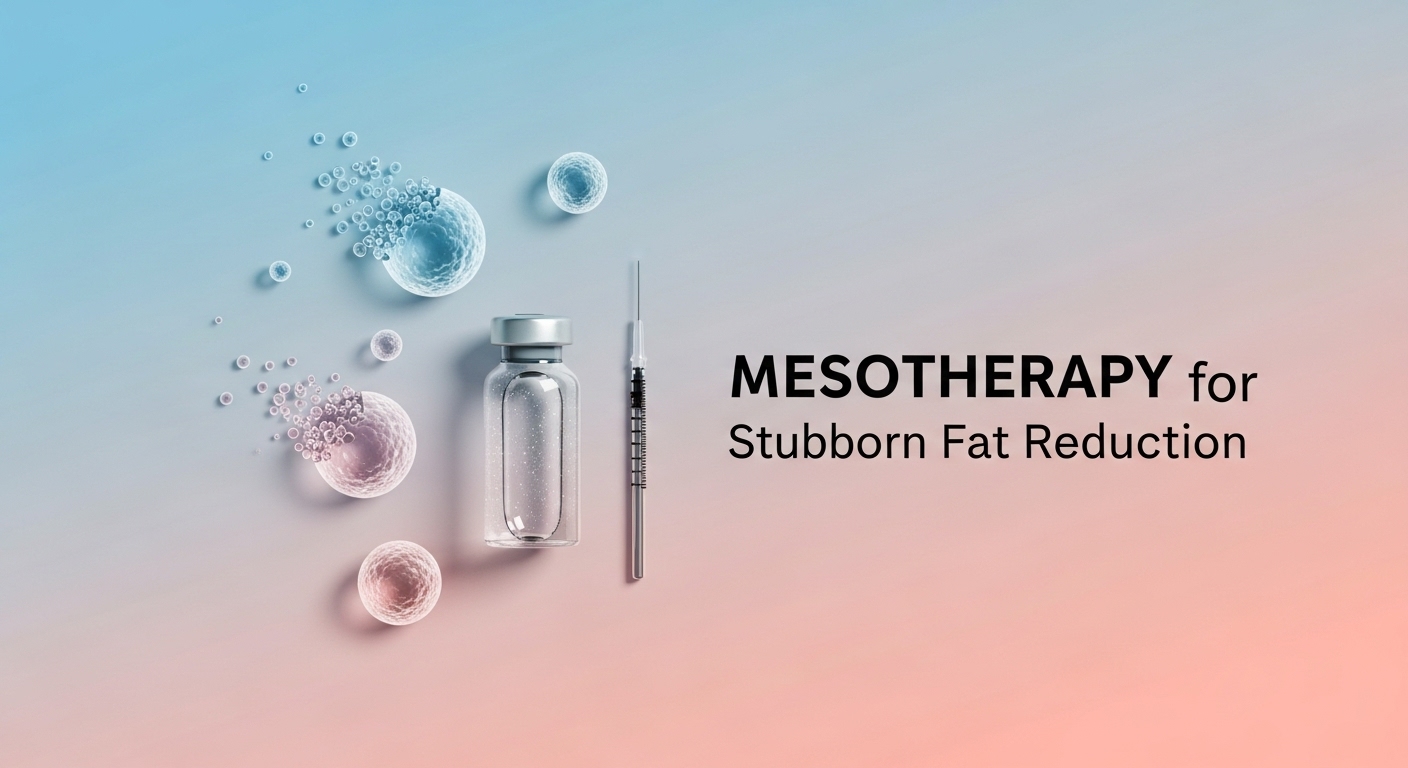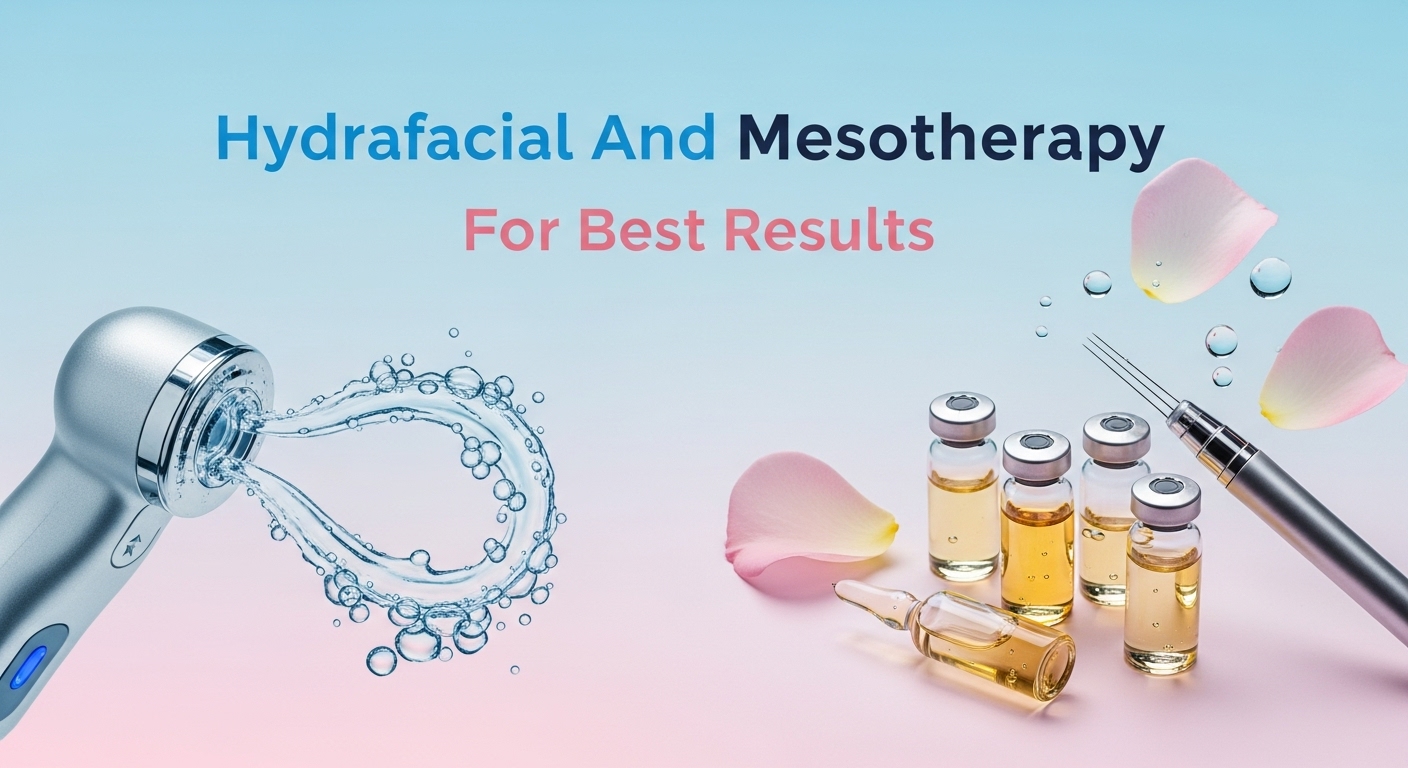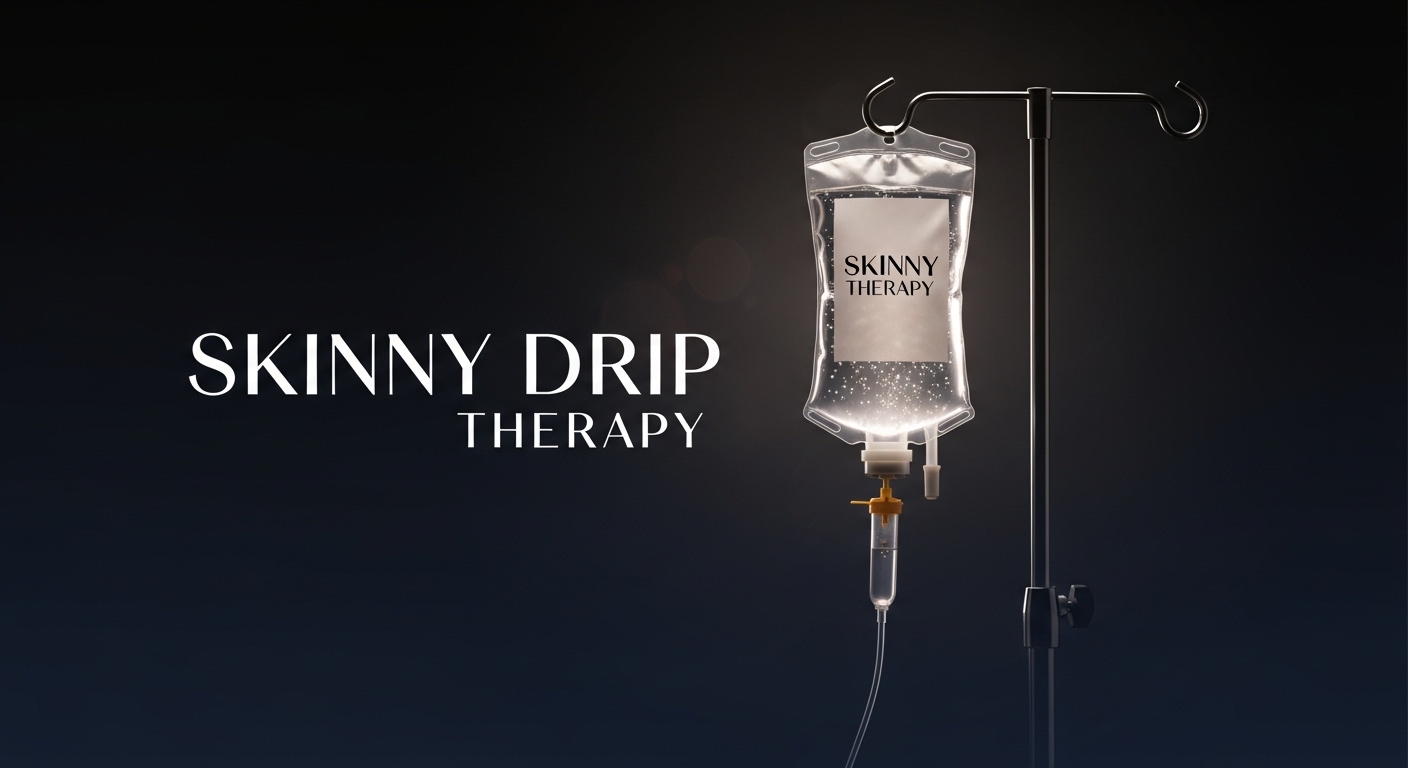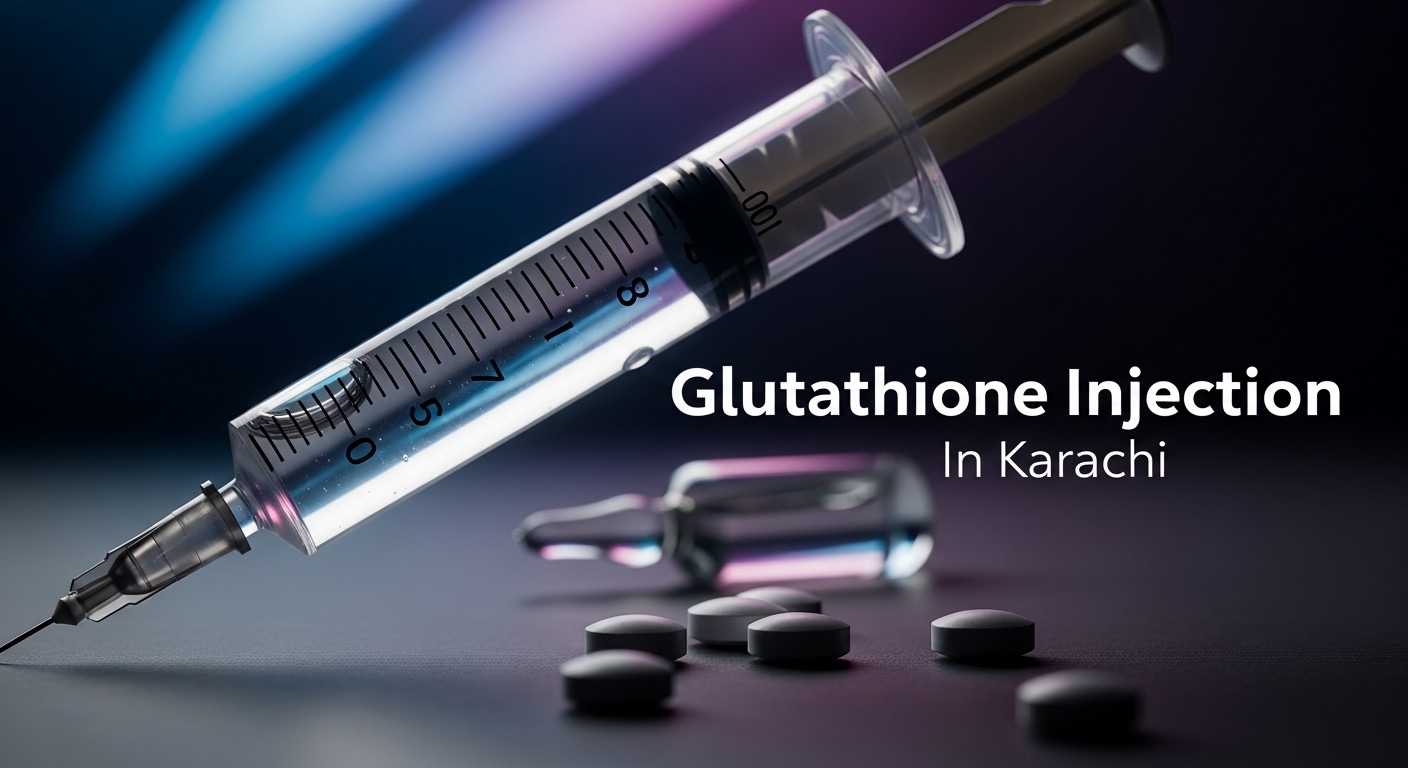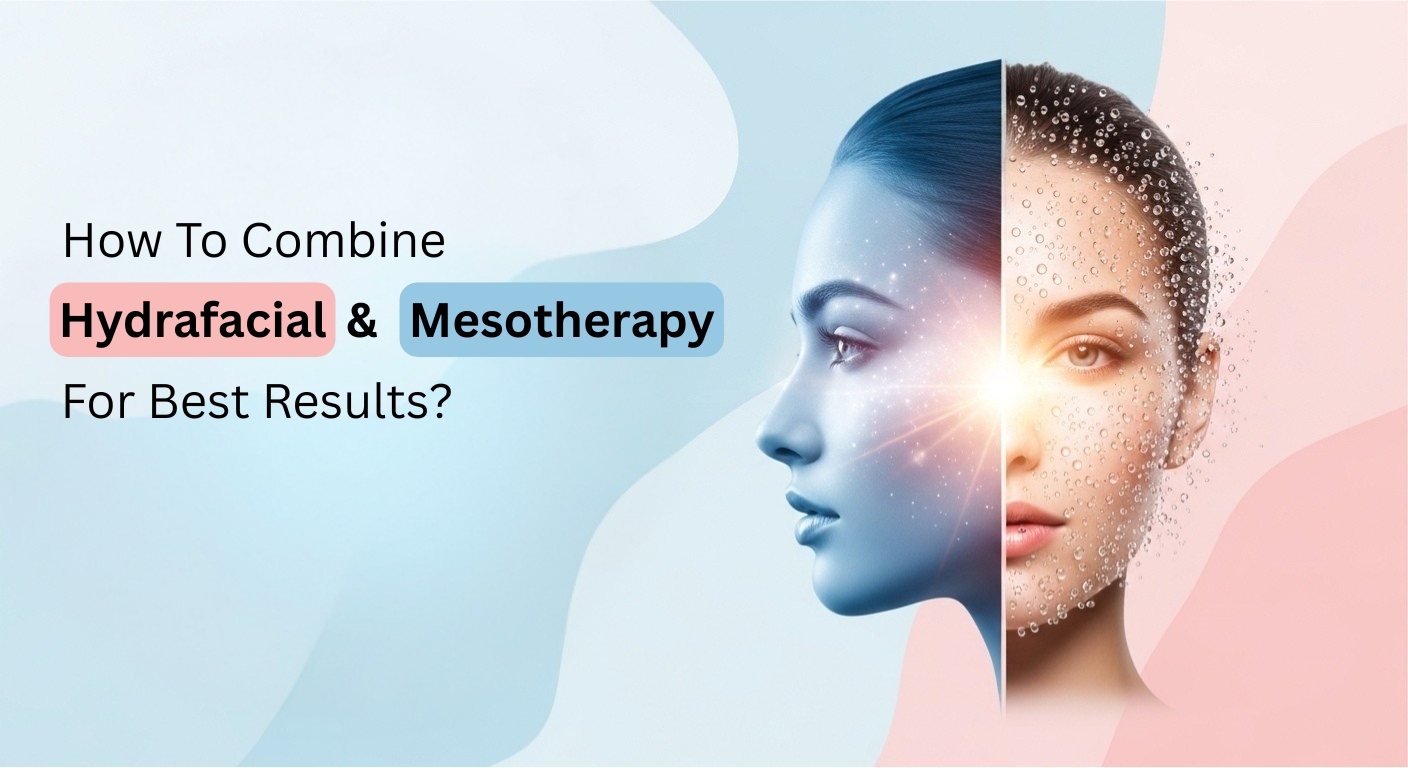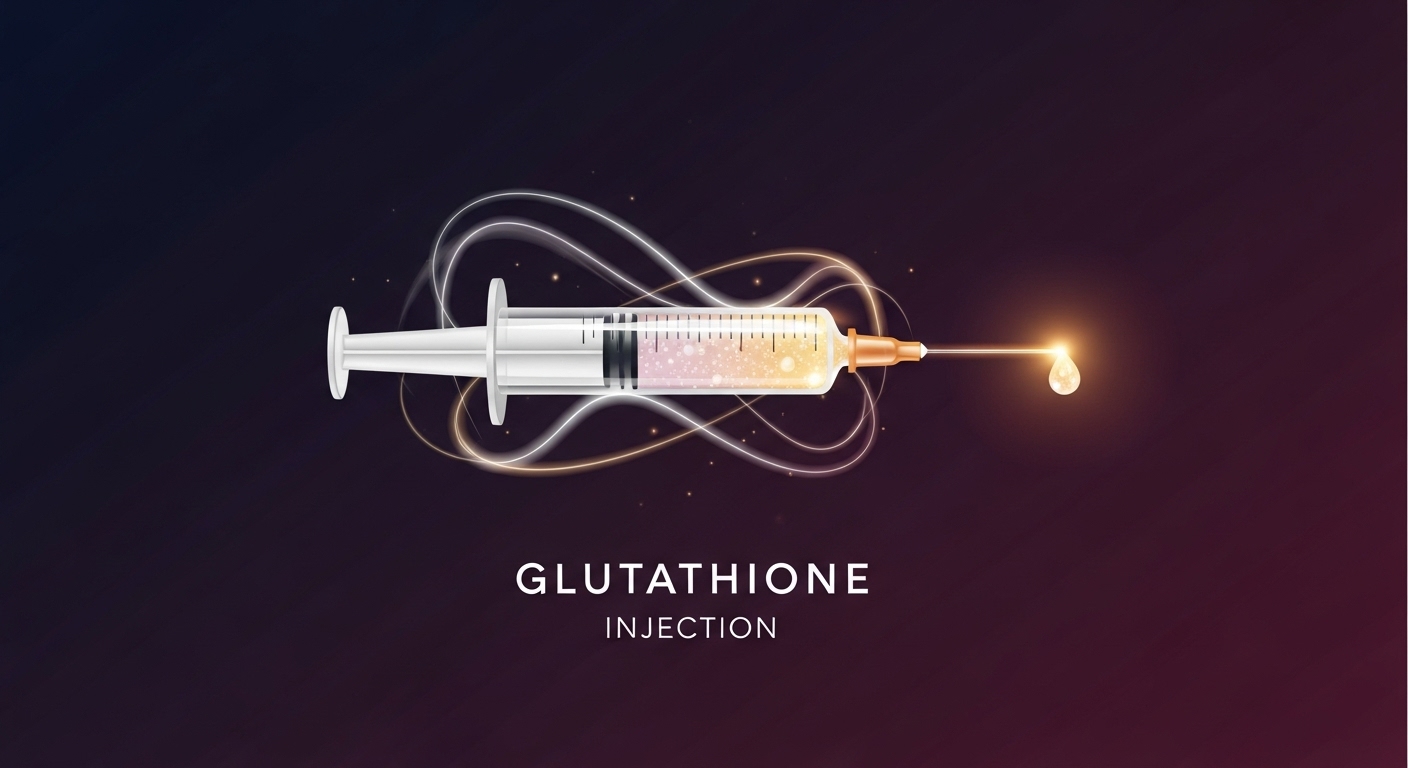
The Truth About Full Body Skin Whitening Treatment: Expert Guide 2025
- admin
- 47 views
Skin whitening treatment popularity has surged globally, with the worldwide industry predicted to reach $11.8 billion by 2026, Asia being the biggest market. Between 60 and 70 percent of Pakistani women have used some type of skin-lightening product at least once in their lives. This trend isn’t slowing down—in metropolitan regions like Karachi, Lahore, and Islamabad, the demand for glutathione injections and laser treatments has grown by forty percent over the last five years.
Full body skin treatment has become particularly fashionable in recent years. Among the most effective skin whitening treatments available today are chemical peels, laser treatments, and cryotherapy, all offering quick and noticeable results. The full body laser skin lightening option stands out as a well-designed, clinically tested procedure that uses advanced technology to reduce melanin production evenly across the entire body. In this guide, we’ll explore everything you need to know about these treatments, including their effectiveness, safety considerations, and what to expect during the process.
Understanding Full Body Whitening Treatment
Image Source: Skin111
Full body whitening treatments have emerged as comprehensive procedures that address skin discoloration across the entire body. The global market for these treatments is substantial, valued at PKR 2443.60 billion in 2022 and projected to reach PKR 4359.60 billion by 2030. This growth reflects deeper societal factors beyond mere esthetics.
Across many Asian, African, and Caribbean countries, lighter skin is associated with higher socioeconomic status, wealth, and beauty. For instance, in India, 50% of skincare market spending goes toward whitening products. Meanwhile, in Africa, the prevalence of skin whitening ranges from 25% to 80% among women, with Nigeria showing the highest usage at 77%.
These treatments typically work by reducing melanin production through various methods. Some utilize glutathione injections, while others employ chemical peels, lasers, or topical products containing hydroquinone, mercury, or corticosteroids.
The motivation behind seeking such treatments often stems from deeply embedded cultural beliefs. Many societies connect fair skin with increased confidence, better job opportunities, and improved marriage prospects. Furthermore, media advertising reinforces these notions by presenting skin whitening as a stepping stone to greater social capital.
Nevertheless, it’s worth noting that approximately 90% of users report satisfaction despite potential side effects, highlighting how powerful these cultural influences remain despite growing awareness about potential health risks.
Safe and Effective Skin Whitening Treatments
When it comes to achieving lighter skin safely, medical science offers several proven options. Topical treatments containing ingredients like hydroquinone, Vitamin C, and kojic acid help inhibit melanin synthesis and encourage skin shedding, resulting in a brighter appearance. These work best for mild unevenness in skin tone.
For those seeking full-body whitening, glutathione injections have become increasingly popular. This powerful antioxidant helps reduce melanin production while detoxifying the body. Consequently, many report visible results within six to eight weeks after treatment.
Chemical peels represent another effective option, with different strengths available depending on the severity of hyperpigmentation. Superficial peels use gentle acids like glycolic acid, requiring no recovery time, whereas medium-depth peels containing trichloroacetic acid may require a few days of downtime.
Laser therapy targets melanin deposits specifically, breaking them down through concentrated light beams. This technique is particularly effective for sun damage and age spots.
Microdermabrasion, a non-invasive exfoliation technique, delicately removes pigmented skin layers while boosting collagen production. Additionally, natural alternatives such as turmeric, aloe vera, and licorice root extract offer gentler approaches by inhibiting tyrosinase, the enzyme responsible for melanin production.
Before starting any treatment, consultation with a certified dermatologist is essential to determine the most suitable option based on your skin type and concerns.
Risks, Myths, and What to Avoid
Beyond the promise of lighter skin lies a darker reality. The global skin lightening market, valued at PKR 2388.06 billion, often includes dangerous unregulated products.
Unregulated skin bleaching preparations frequently contain mercury, which causes kidney failure, lung damage, and neurological symptoms including memory loss. These products can lead to permanent gray, blue, and purple discoloration. Moreover, hydroquinone in concentrated doses may increase cancer risk due to reduced melanin production.
In fact, almost half of skin lightening users experience side effects. Topical corticosteroids can cause skin thinning, acne, and stretch marks while potentially triggering adrenal insufficiency when used long-term.
Glutathione injections, though popular, pose significant risks including liver failure, allergic reactions, and even anaphylaxis. Indeed, illegal IV treatments have been linked to kidney strain, infections, and in some cases, blindness or death.
Common myths include believing expensive products guarantee better results and that natural DIY remedies are always safe. Lemon juice, often recommended in home remedies, can actually cause irritation and increased sun sensitivity.
Above all, any skin whitening treatment should be approached with caution. OTC products are often neither tested for safety nor certified by regulatory boards. Always consult a dermatologist before beginning any skin lightening regimen.
Conclusion
Full body skin whitening treatments certainly remain a significant part of the beauty industry worldwide, driven by deep-rooted cultural associations between lighter skin and social advantages. Throughout this guide, we’ve examined how these treatments work and why they continue to grow in popularity despite potential risks.
The market growth speaks volumes about consumer demand, with projections reaching PKR 4359.60 billion by 2030. Nevertheless, this popularity doesn’t eliminate the serious health concerns associated with many whitening methods. Mercury-containing products damage kidneys and nervous systems, while concentrated hydroquinone might increase cancer risks. Even glutathione injections, though effective, can lead to liver failure or severe allergic reactions.
Safe options do exist for those determined to pursue skin lightening. Medical-grade treatments like properly administered chemical peels, controlled laser therapy, and dermatologist-recommended topical products offer safer alternatives to unregulated preparations. Still, every treatment carries some level of risk.
Before embarking on any skin whitening journey, consulting a qualified dermatologist becomes absolutely essential. These professionals can assess your skin type, understand your goals, and recommend appropriate treatments while warning against dangerous options. After all, no beauty standard justifies permanent health damage.
We must also acknowledge the changing attitudes toward skin color diversity. Many communities now challenge long-held beauty standards that equate fairness with beauty. This cultural shift encourages embracing natural skin tones rather than seeking to alter them.
Ultimately, the decision to pursue skin whitening remains personal, but it should always be an informed one. Knowledge about both benefits and risks empowers better choices. Whether you choose professional treatments or decide to embrace your natural skin tone, your health should always take priority over fleeting beauty trends.

